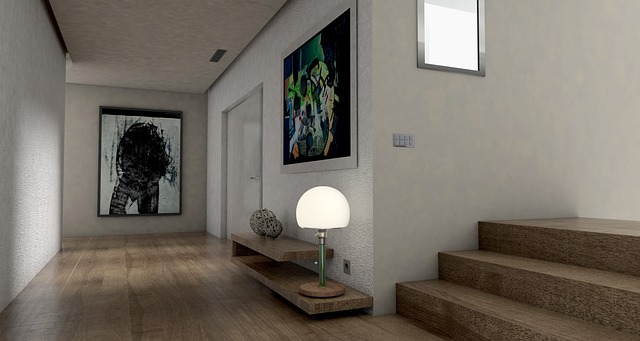The realm of television has undergone a revolutionary transformation over the last decade, particularly in the realm of 3D technology. Once considered a novelty, 3D has now become an immersive experience that defines our viewing habits. The advances in display technology have enabled modern monitors to render stunning, lifelike visuals that transport us beyond the confines of our living rooms.
Modern monitors leverage cutting-edge techniques to deliver exceptional 3D visualization. From OLED to QLED panels, each technology presents unique advantages. OLED displays, for instance, provide vibrant colors and deep blacks that make 3D images pop in ways that older LCD screens simply cannot. This depth of color enhances the dimensionality of content, allowing viewers to feel as though they are part of the action, rather than passive observers.
When we discuss 3D in relation to TV, it’s essential to explore the technical aspects that enable this immersive experience. The process begins with advanced rendering techniques, which create the distinct layers of images that give depth. This layered approach is crucial in establishing how our brains process visual information; it mimics the way we perceive depth in real life. As technology continues to evolve, so does the complexity of visual effects that can be achieved.
Moreover, modern content creation has adapted to embrace this immersive format. Directors and cinematographers leverage 3D techniques to enhance storytelling by guiding viewers’ focus through layered scenes and dynamic perspectives. Imagine a thrilling chase scene or a dramatic moment heightened by 3D visual effects – suddenly, the viewer is not just watching a movie; they are in the midst of an adventure. This is the power of 3D visualization on current monitors.
Additionally, gaming has taken full advantage of the potentials that 3D offers. Games today utilize sophisticated algorithms and hardware capabilities that allow for immersive experiences. With a simple pair of 3D glasses or advanced headsets, players can truly step into a different world, experiencing every twist and turn in a way that flattens traditional gameplay. The integration of 3D has elevated gaming to an art form that captivates not just through narrative but also through breathtaking visual artistry.
As we explore further into the future, the advancements in display technology promise even more remarkable enhancements in visual experiences. Average consumer displays are becoming less average” with the rise of 8K resolutions, improved refresh rates, and enhanced capabilities for 3D visualization. Manufacturers are continuously innovating, blending the lines between reality and imagery in ways that have the potential to redefine engagement not only in television and gaming but also in fields such as education and virtual tourism.
In the landscape of modern monitors, the integration of 3D technology is not just about the content we consume, but the emotions they evoke. It connects us to our favorite characters, landscapes, and experiences, offering an emotional bond through visual storytelling that captures our imaginations and leaves lasting impressions. As we continue to dive deeper into the world of 3D, the opportunities for exploration, expression, and emotional connection are boundless.




